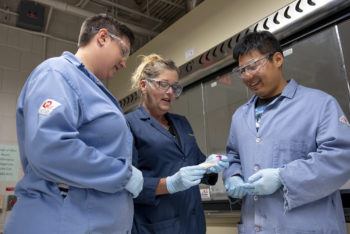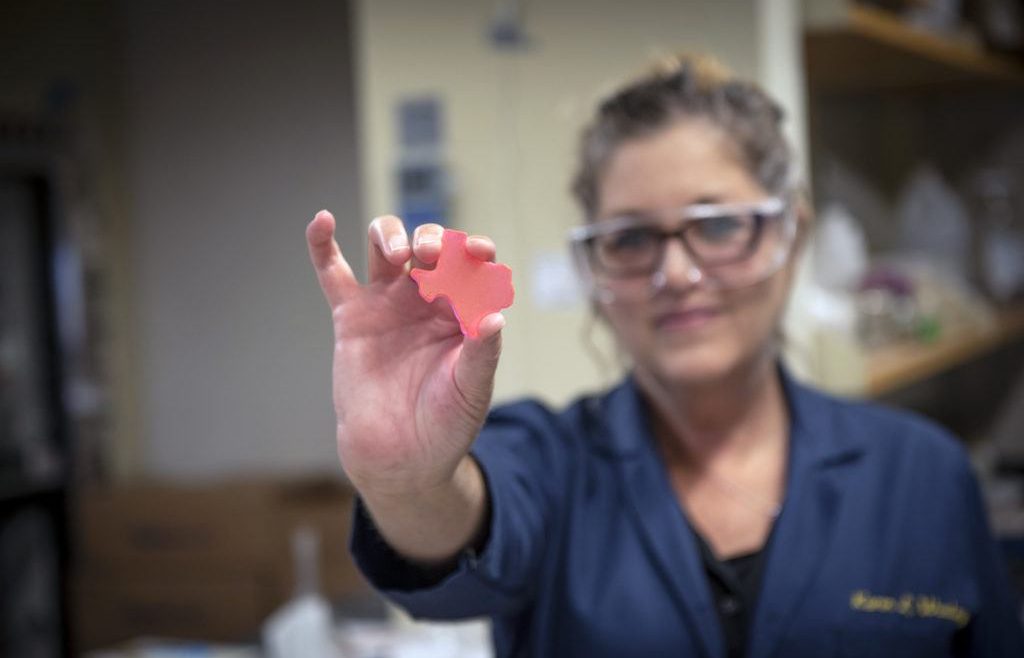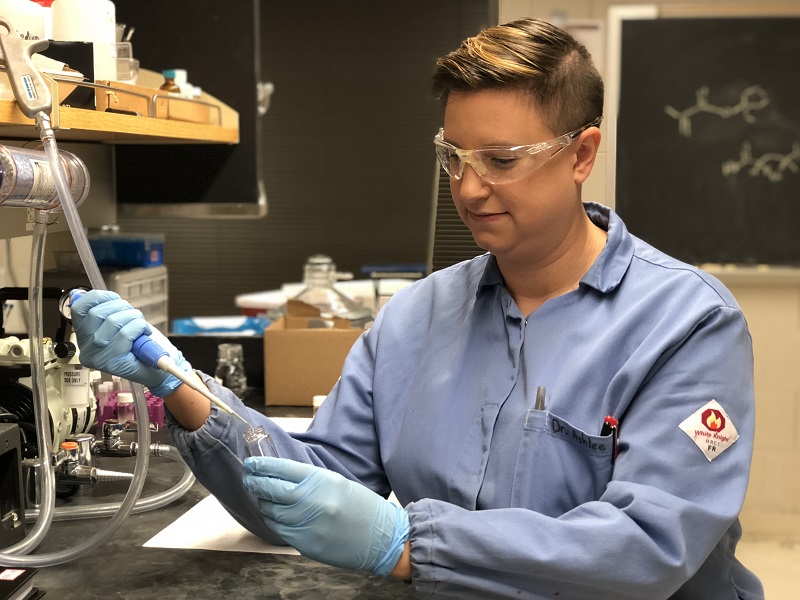A specialist in the development of biodegradable polymers from natural sources is calling on the cosmetics industry to reduce its use of conventional polymers, which contribute towards global plastic pollution. The company, Teysha Technologies, is in talks with several global cosmetic brands to discuss the use of its biodegradable biopolymers as an additive to reduce environmentally damaging microplastics — and is now urging other companies to follow suit.
Despite legislation around the use of plastics in cosmetic products tightening in recent years, the industry still relies heavily on their use as additives. In products such as moisturising lotions, microplastics — polymer fragments that measure less than five millimetres in size — are commonly used as emulsifiers and viscosity regulators.
When such products are washed away, the microplastic fragments are introduced into the environment where they can remain for hundreds of years or be consumed by animals and enter the food chain. According to numbers presented by the UK Government in 2018, a single shower using a shower gel containing microplastics can lead to as many as 100,000 microbeads entering the ocean. Although exfoliating plastic microbeads have been banned in cosmetic products in the UK since 2018, microplastics from other sources are still present.
Teysha Technologies argues that there is little reason for cosmetic manufacturers to still be using environmentally harmful polymers, because greener alternatives are now available.
“Polymers play an important role in most cosmetic products, from stabilising formulations to helping products remain on the skin for longer,” explained Matthew Stone, managing director of Teysha Technologies. “However, there is no reason why many of those polymers need to be unsustainable or environmentally damaging.
“Teysha has been leading research into the development of biopolymers that are completely biodegradable, while still having all the properties needed to suit a range of uses. This led us to develop a tuneable biopolymer that we can tailor to specific applications. Cosmetics is one of these areas and we are working with a global cosmetic manufacturer looking into the use of our polymer platform to support the move away from environmentally damaging products.
“In the coming years, legislation will only continue to tighten around plastic use. The European cosmetics industry is already facing the issues this can present due to the imminent rollout of the European Chemicals Agency’s (ECHA’s) proposed microplastic restrictions in early 2022. Making the swap to biodegradable, environmentally benign alternatives now will save the regulatory cost and complications of product reformulation.”
In 2019, the ECHA proposed new restrictions on the use of ‘intentionally added microplastics’. Although there are some exemptions to the proposed restrictions, the proposal would mean significant reformulation costs for cosmetic manufacturers. Industry association Cosmetics Europe has been critical of the impact the restrictions would impose on the industry, claiming the proposal would be “extremely disproportionate in its effects” on cosmetics manufacturers.
Teysha Technologies developed a natural polycarbonate platform that can create fully biodegradable substitutes for existing petroleum-based plastics. The bioplastic, AggiePol, is derived from sustainable feedstocks and can be physically, mechanically and chemically tuned to suit the needs of its intended application, with degradation time also being tuneable. This means it can be made suitable for use not only in cosmetic products as a functional plastic, but also in cosmetic packaging.




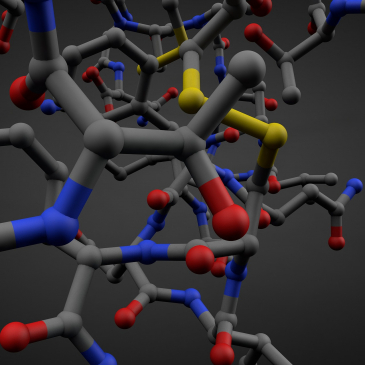
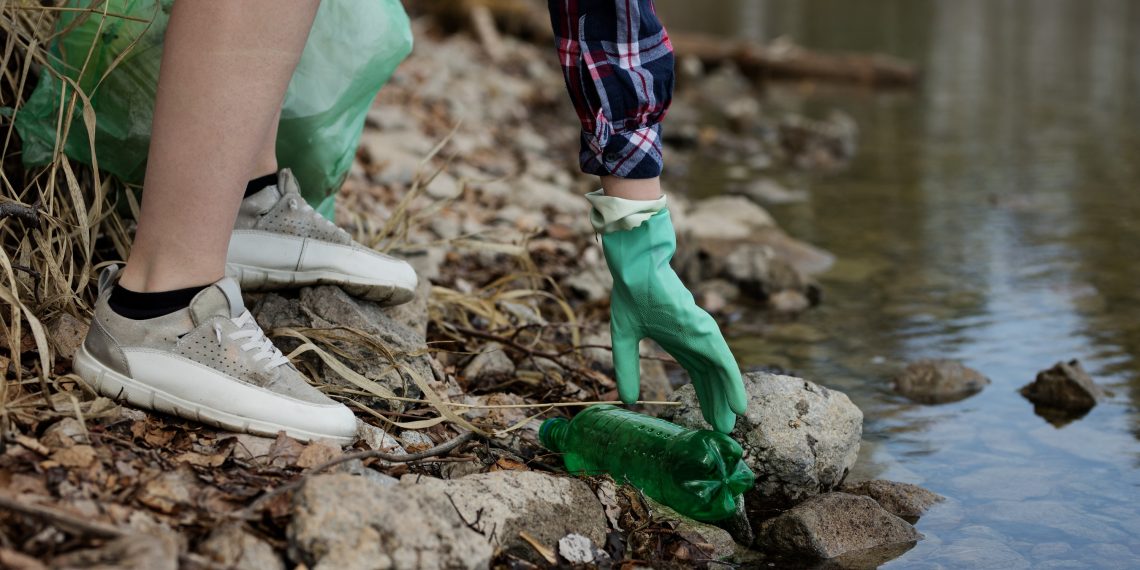
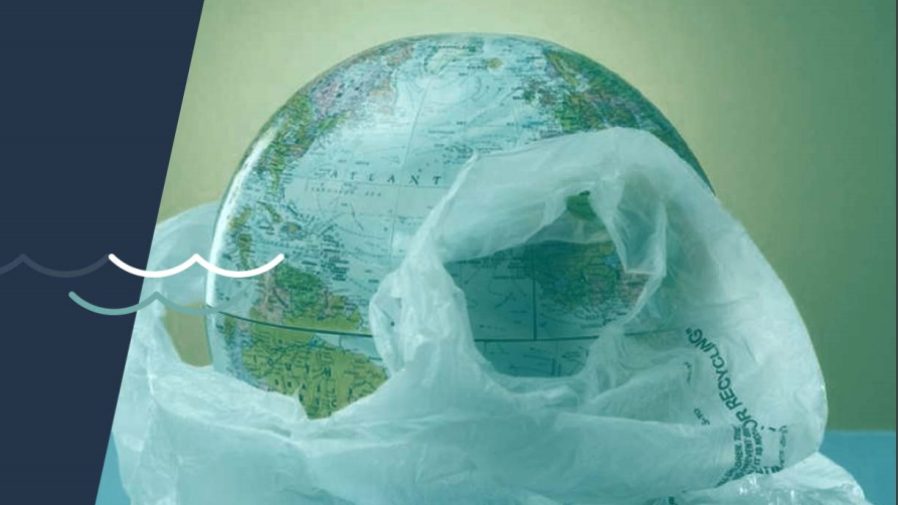
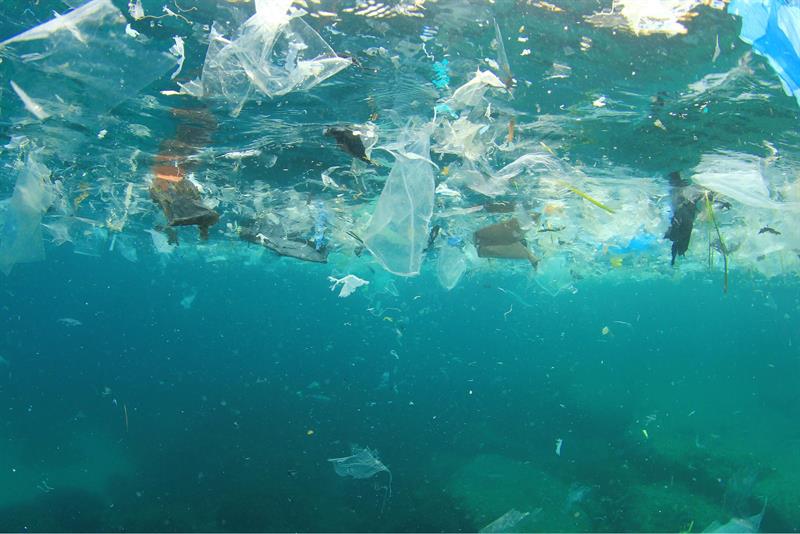
_afbf20db.jpg)

